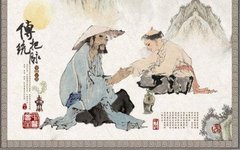Everyone is familiar with pulse diagnosis. Whenever we visit a TCM practitioner, they will check our pulse and can understand our health condition through this method. Many people are curious about how TCM can determine our physical state through pulse diagnosis. Today, let us explore what pulse diagnosis in TCM is.

Pulse diagnosis is a diagnostic method that involves palpating the pulse at different parts of the body to observe changes in the pulse quality. It is also known as pulse palpation, pulse diagnosis, and pulse holding.
Pulse diagnosis is one of the four diagnostic methods in TCM (observation, listening, inquiry, and palpation), belonging to palpation and is an essential objective basis for syndrome differentiation and treatment. Palpation is a diagnostic method gradually formed by the Chinese people in their long-term struggle against diseases. Although it is the last of the four diagnostic methods, it is the most characteristic of TCM, being the only important diagnostic method that directly touches the patient’s body. Its long history, rich content, and extensive literature make it incomparable to the other three diagnostic methods.
The formation of pulse quality is closely related to the zang-fu organs and qi and blood. If there are pathological changes in the zang-fu organs, the circulation of blood and qi will be affected, leading to changes in the pulse quality.
In clinical practice, pulse diagnosis can infer the progress and prognosis of diseases. Clinically, it is essential to master the timing of pulse diagnosis, the patient’s position, the physician’s finger technique and pressure, and the duration of each pulse check, ensuring that each side’s pulse beats at least 50 times. Additionally, understanding the variations in the pulse quality of healthy individuals is crucial for accurate pulse diagnosis.

Pulse Diagnosis
【Objectives】
1. Master the method of pulse diagnosis at the cun (寸) position, the characteristics of normal pulse quality, and the common pulse qualities (floating, sinking, slow, rapid, full, surging, thin, wiry, tight, slippery, rough, soft, slow, weak, faint, hurried, knotted, and intermittent) along with their clinical significance. Be able to identify common pulse qualities in clinical practice.
2. Familiarize with the principles of pulse diagnosis and its significance, physiological variations of pulse quality, and the characteristics and clinical significance of long, short, leather, firm, hidden, scattered, moving, and rapid pulses, as well as the special considerations for diagnosing women’s and children’s pulses.
3. Understand the locations for the comprehensive examination method and the three-part examination method, the clinical significance of true zang pulse characteristics, and the research progress in pulse diagnosis.
【Definition】
Pulse diagnosis is a method where the physician uses their fingers to palpate the patient’s arteries, observing the pulse waveforms to understand health or illness and differentiate syndromes.
Pulse diagnosis relies on the sensitive tactile perception of the fingers for experience and identification. Therefore, learning pulse diagnosis requires familiarity with the basic knowledge of pulse theory and mastery of the basic skills of pulse palpation, with repeated practice and careful observation to gradually recognize various pulse qualities and effectively apply them in clinical settings.
Previously, we studied the principles of pulse quality formation; today we will learn about the locations and methods of pulse diagnosis:
Section Two: Locations and Methods of Pulse Diagnosis
Let us first look at the locations for pulse diagnosis:
Historically, there have been many locations for pulse diagnosis, primarily including the cun (寸) method, the three-part nine-pulse method, the renying cun (人迎寸口) method, and Zhang Zhongjing’s three-part method.
(1) Cun Method
The cun method refers to the examination of the pulse at the radial artery located on the inner side of the radial styloid process, using its pulse waveform to infer the physiological and pathological conditions of the body. Where is the cun? Let us first learn about the location of the cun.
1. Definition of cun: The pulse point at the inner side of the radial artery at the radial styloid process, also known as the qi mouth or pulse mouth.
Our forearm has two long bones; the one closer to the thumb is the radius, and the one closer to the little finger is the ulna. The radial styloid process refers to the prominent area of the radius near the wrist, and the inner side of the radial styloid process is the area where the pulse is felt, called the cun, which is the location for cun pulse diagnosis.
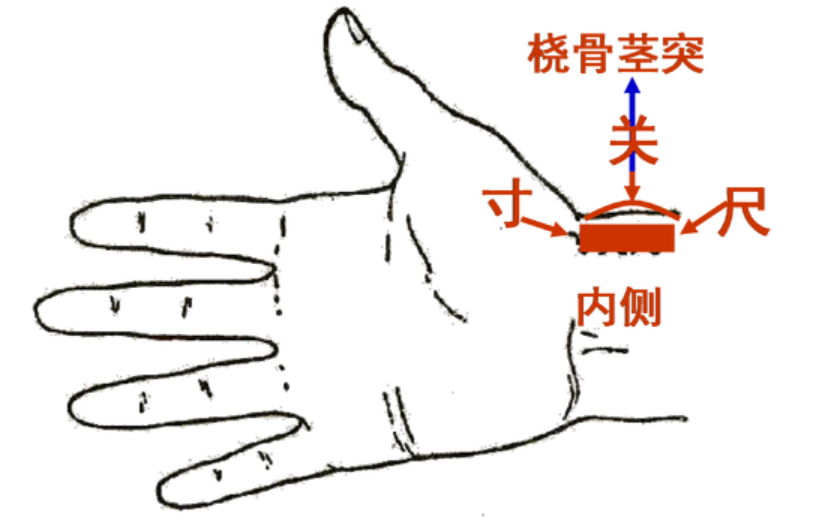
2. Cun position: The cun pulse is divided into cun, guan (关), and chi (尺) three parts.
Typically, the high bone at the back of the wrist (radial styloid process) serves as a marker, with the inner side being the cun (wrist side) and the outer side being the chi (elbow side). Each hand has three parts: cun, guan, and chi, totaling six pulse locations.
3. The significance of “solely taking the cun”:
Why can the pulse quality at the cun diagnose the conditions of the five zang organs and six fu organs as well as the overall qi and blood changes?
Firstly, the cun is located at the original point of the hand taiyin lung meridian, the original point is where qi and blood converge, meaning that the cun represents the area where the qi and blood of the hand taiyin lung meridian converge; and the lung governs qi, connecting to all pulses, making it a major pulse point that reflects changes in the entire body’s zang-fu organs and qi and blood.
Secondly, the cun is governed by the lung meridian, which originates from the middle jiao and is closely related to the spleen and stomach—reflecting the strength of the ancestral qi, the strength of the stomach qi, and the conditions of qi and blood transformation.
Additionally, the anatomical position of the cun pulse is fixed and superficial, making pulse diagnosis convenient. Therefore, the cun is the ideal location for pulse diagnosis.
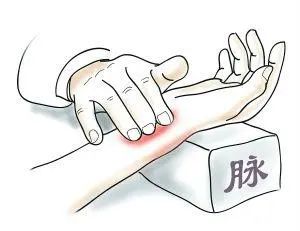
Thus, the method of solely taking the cun pulse was first elaborated in the Han Dynasty’s “Nanjing” and later established by Wang Shuhe in the Jin Dynasty in the “Pulse Classic”. For 1800 years, the cun pulse diagnosis method has been continuously used to this day.
As the ideal location for pulse diagnosis, the cun, guan, and chi of both hands correspond to the zang-fu organs. What is the corresponding relationship?
4. Division of cun and corresponding zang-fu organs
The corresponding relationships of the cun, guan, and chi of both hands are:
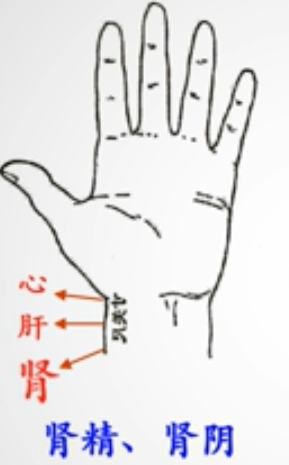
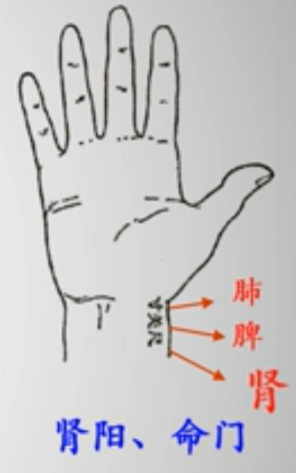
The left hand’s cun, guan, and chi correspond to the heart, liver, and kidney, while the right hand’s cun, guan, and chi correspond to the lung, spleen, and kidney.The chi part of both hands corresponds to the kidney, with the chi part of the right hand corresponding to kidney yang, also known as the life gate, emphasizing the importance of kidney yang. Therefore, the chi part of the left hand mainly corresponds to kidney essence and kidney yin.

(2) Three-Part Nine-Pulse Method (Comprehensive Examination Method) from “Suwen”
The “Suwen: Three-Part Nine-Pulse Theory” refers to the comprehensive examination method.
This method examines the upper, middle, and lower parts of the body concerning the arteries. The upper part corresponds to the head, the middle part to the hands, and the lower part to the feet. Each of these three parts is further divided into heaven, earth, and human, resulting in nine pulse locations.
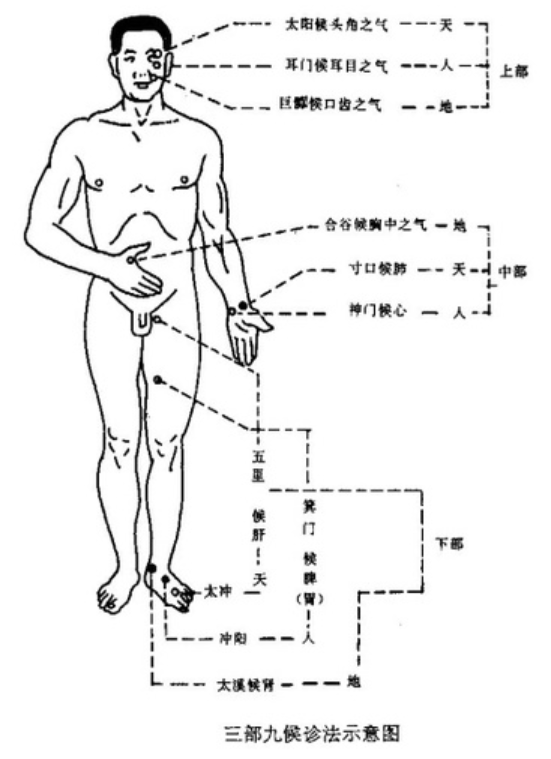
1. Upper (Head)
Heaven (temporal arteries) – reflects the forehead and temporal region
Human (anterior auricular artery) – reflects the eyes and ears
Earth (buccal arteries) – reflects the mouth and teeth
2. Middle (Hands)
Heaven (hand taiyin lung meridian artery) – reflects lung qi
Human (hand shaoyin heart meridian artery) – reflects heart qi
Earth (hand yangming large intestine meridian artery) – reflects the qi in the chest
3. Lower (Feet)
Heaven (foot jueyin liver meridian artery) – reflects liver qi
Human (foot taiyin spleen meridian artery) – reflects spleen and stomach qi
Earth (foot shaoyin kidney meridian artery) – reflects kidney qi
The three-part nine-pulse method is one of the oldest pulse diagnosis methods, and its purpose is that wherever there are changes in pulse quality, it indicates the possibility of pathological changes in the corresponding parts, meridians, and zang-fu organs, rather than using one or a few pulse qualities to assess the overall condition.
(3) Renying Cun Diagnosis Method from “Lingshu”
The “Lingshu: End and Beginning” Renying cun diagnosis method analyzes the pulse quality of the renying (common carotid artery) and cun by mutual reference.
The renying pulse reflects the superficial condition, primarily indicating stomach qi;
The cun pulse reflects the internal condition, primarily indicating zang-fu organ pathology.

According to the understanding in the “Neijing”, under normal circumstances, the renying pulse is slightly larger than the cun pulse in spring and summer; in autumn and winter, the cun pulse is slightly larger than the renying pulse.
If the renying pulse is 1-3 times larger than the cun pulse, it indicates that the disease has moved from the exterior to the interior, suggesting that the exterior pathogen is predominant;
If the renying pulse is 4 times larger than the cun pulse, it indicates an “external pattern”, which is often a critical condition.
Conversely, if the cun pulse is 1-3 times larger than the renying pulse, it indicates cold pathogens in the interior or internal organ yang deficiency; if the cun pulse is 4 times larger than the renying pulse, it indicates an “internal pattern”, which is often a critical sign.
(4) Zhang Zhongjing’s Three-Part Diagnosis Method from “Shanghan Zabing Lun”
Zhang Zhongjing often used the cun, fuyang, and taixi three-part diagnosis method in “Shanghan Zabing Lun”.
Diagnosing the cun pulse – reflects zang-fu organ pathology;
Diagnosing the fuyang pulse (dorsalis pedis artery) – reflects stomach qi;
Diagnosing the taixi pulse (the depression between the inner ankle and the Achilles tendon) – reflects kidney qi.
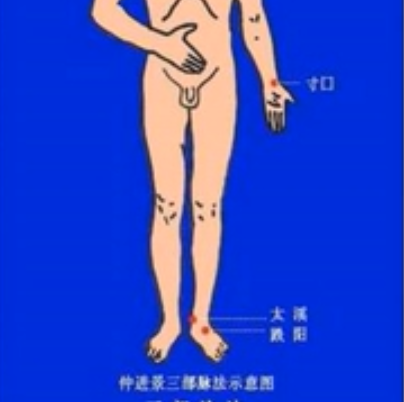
This method is now often used when there is no pulse at the cun or when observing critical patients.
Note: If the pulse quality at both hands’ cun is very weak, but the fuyang pulse still has some strength, it suggests that the patient’s stomach qi is still present, indicating a possibility of treatment; if the fuyang pulse is difficult to detect, it suggests that the patient’s stomach qi has been exhausted, making treatment difficult.
The “Suwen” three-part nine-pulse method, the “Lingshu” renying cun diagnosis method, and Zhang Zhongjing’s three-part diagnosis method have been replaced by the method of solely taking the cun pulse due to the complexity of diagnosis, making the latter the primary method of pulse diagnosis in modern TCM.

|
I Copyright Statement: We respect knowledge and labor; please retain copyright information when reprinting. The copyright of the content published on this platform belongs to the relevant rights holders. If there are any improper uses, please feel free to contact us for negotiation. I Submission and Cooperation Email: [email protected] |
Currently, over 100,000 people have followed and joined us.













See more latest information on TCM, Chinese medicine, hygiene, and health
Please long press the QR code below to follow us
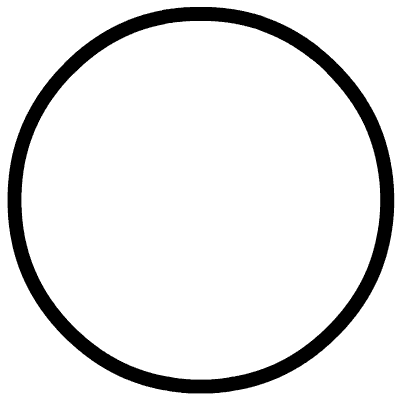
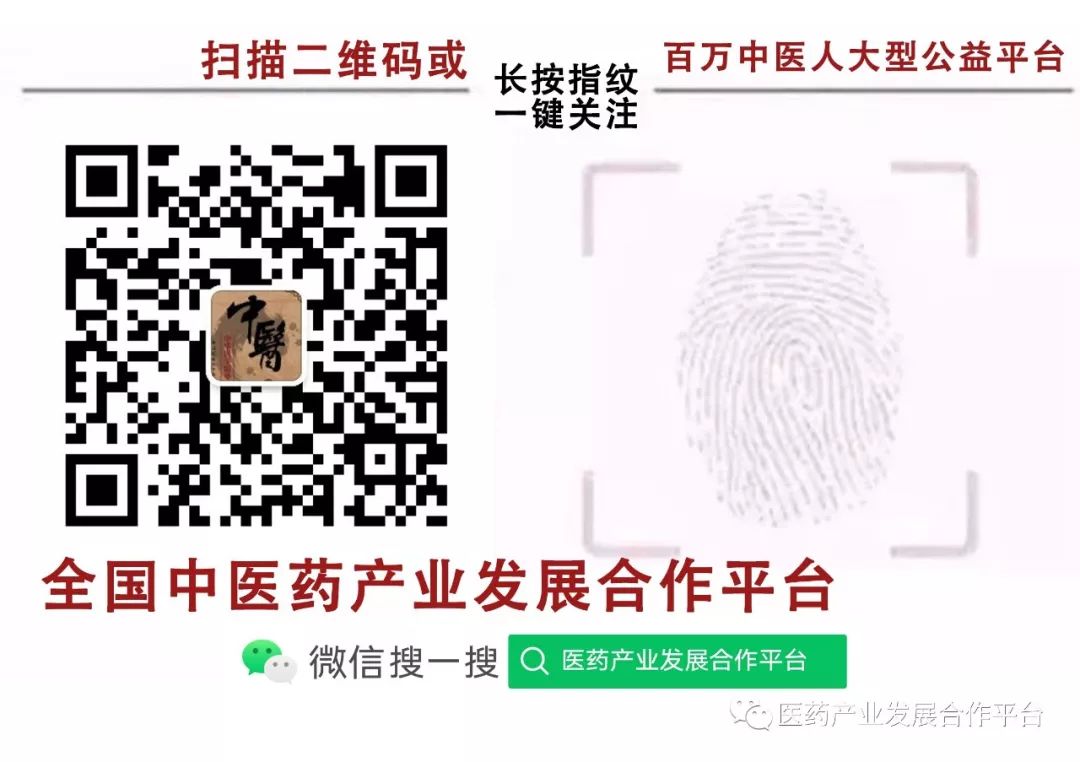
TCM | Development | Cooperation | Sharing | Public Welfare | Platform

↓Fuxi Qihuang Platform, Service Number QR Code↓



↓Fuxi Qihuang Platform, Online Learning Entrance↓

